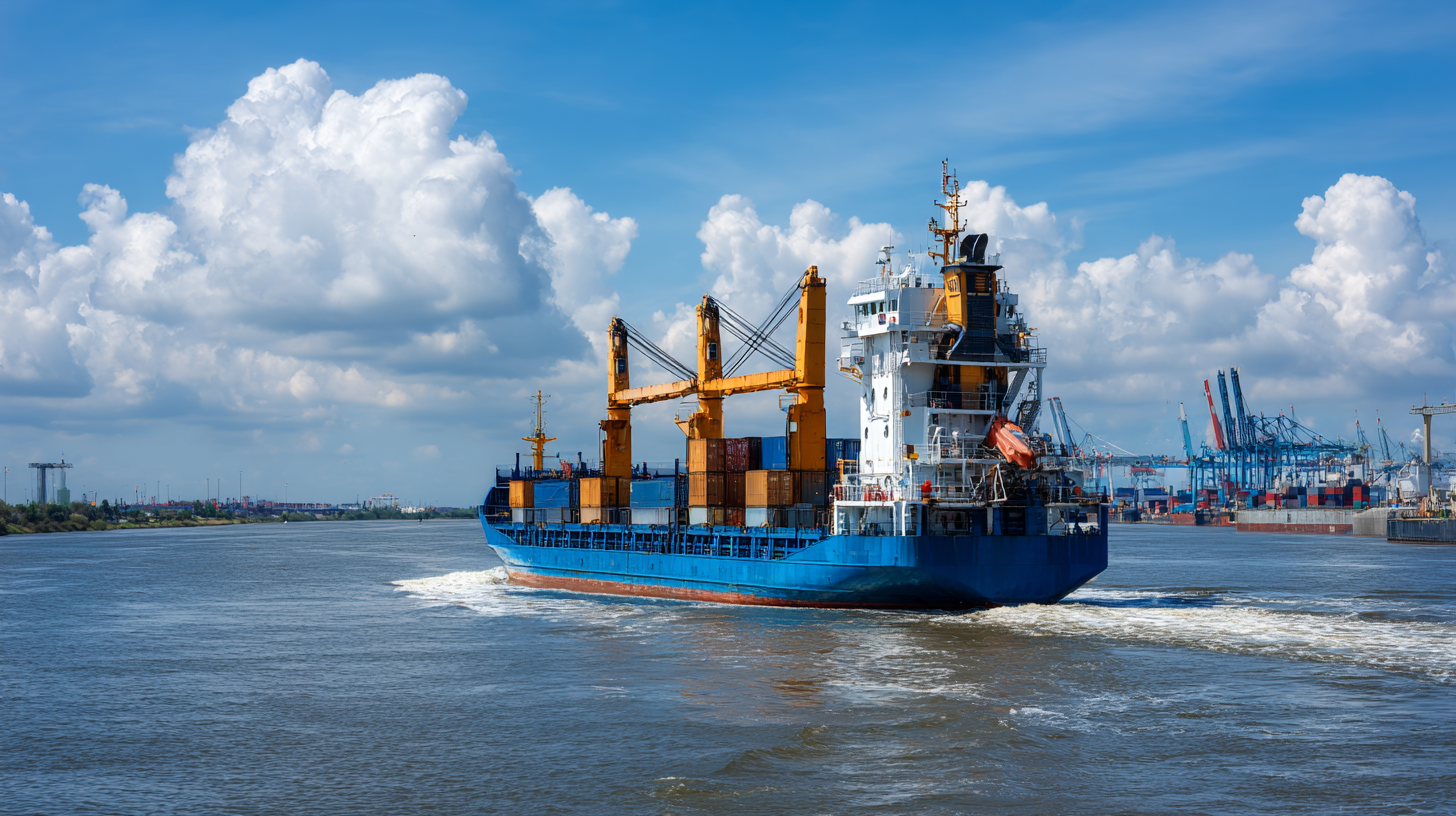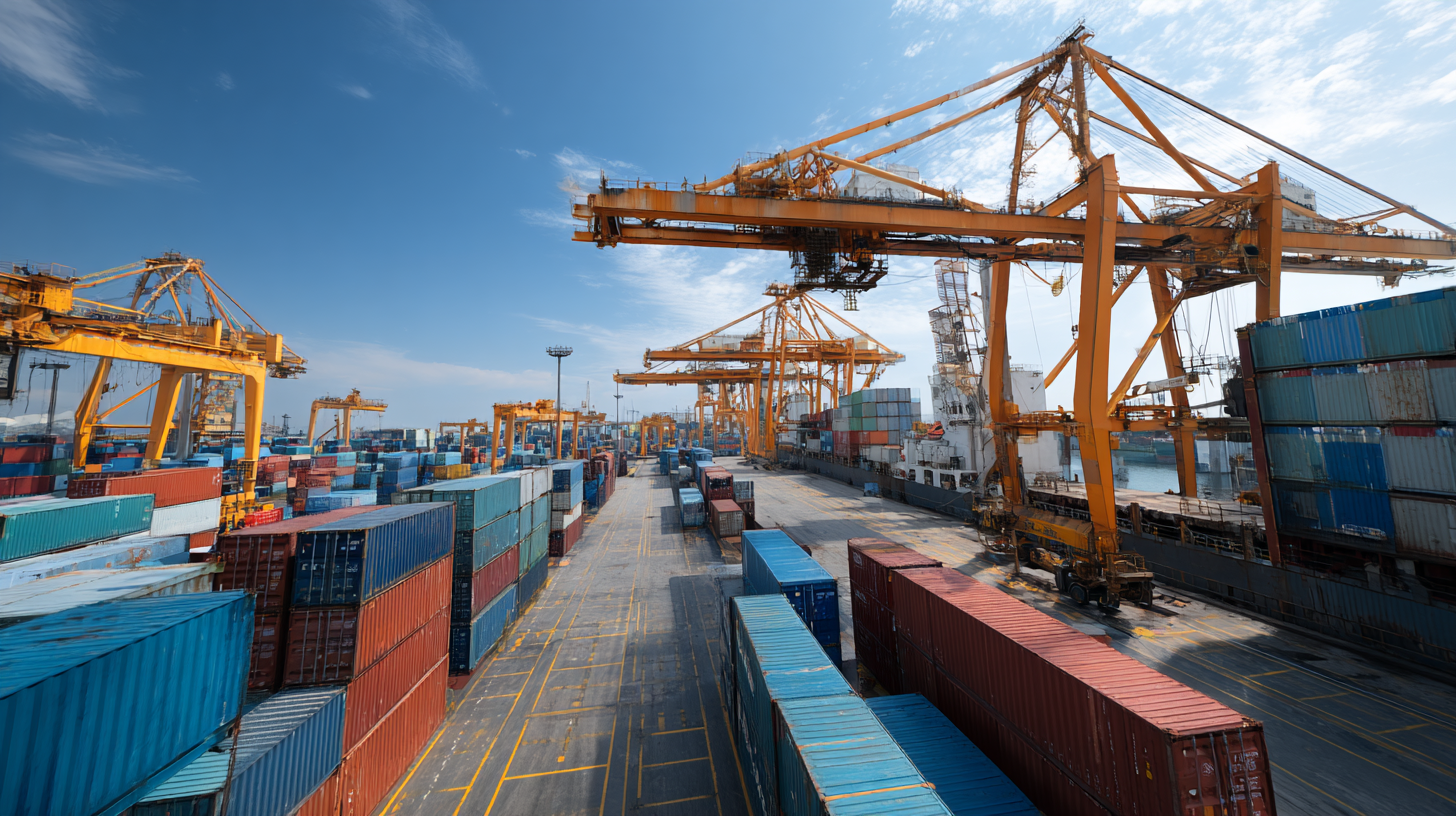In today's rapidly evolving industrial landscape, the demand for precise and efficient Polymer Dosing Control solutions has become paramount. According to a recent market report by MarketsandMarkets, the global polymer market is projected to reach $650 billion by 2025, growing at a CAGR of 5.4%. This surge underscores the critical need for companies to navigate the complexities of export certification amidst increasing regulatory scrutiny and market competition. As businesses strive to enhance the quality and consistency of their products, understanding the nuances of Polymer Dosing Control can lead to significant advantages. Implementing top strategies for export certification not only ensures compliance but also optimizes dosing processes, improving overall operational efficiency. By embracing these best practices, manufacturers can position themselves competitively in a market that demands innovation and reliability in polymer applications.

In 2023, export certification plays a crucial role in shaping the landscape of polymer dosing control solutions. As global markets become increasingly interconnected, compliance with diverse regulatory standards has become a necessity for manufacturers aiming to ensure the safety and efficacy of their products. Export certifications address these requirements, signaling to customers and partners that a company adheres to international quality benchmarks, thus fostering trust and encouraging wider market access.
Furthermore, the influence of export certification on polymer dosing control systems cannot be overstated. It dictates not only the design and functionality of these systems but also their marketability. Companies must navigate the complexities of certification processes, which often involve rigorous testing and documentation. These challenges can lead to innovations in technology, as manufacturers strive to meet compliance standards while enhancing the performance of their dosing solutions. Consequently, businesses that effectively manage export certification are positioned to thrive, gaining a competitive edge by offering reliable and certified polymer dosing systems that meet the evolving demands of the industry.
| Criteria | 2023 Trends | Impact of Export Certification | Recommended Solutions |
|---|---|---|---|
| Market Demand | Increased demand for automation and precision | Certification required for international export | Smart dosing systems with real-time monitoring |
| Regulatory Changes | Stricter environmental regulations | Need for compliance documentation for exports | Eco-friendly polymer dosing solutions |
| Technology Advancements | Integration of IoT and AI in dosing systems | Certifications for new technologies are essential | AI-driven optimization algorithms |
| Cost Efficiency | Focus on reducing operational costs | Certification can add initial costs | Cost-effective dosing technologies |
| Customer Preferences | Increased demand for user-friendly systems | Export requirements affect design choices | Intuitive interfaces and support |
As we look toward 2025, the global polymer dosing control market is poised for
significant growth, driven by various industry trends and technological advancements. Recent industry statistics indicate a
steady increase in demand for precise dosing solutions across several sectors, including water treatment,
chemical processing, and plastics production. This surge is attributed to the rising need for improved efficiency and
sustainability in manufacturing processes, as companies seek innovative ways to minimize waste and optimize resource use.
 Key players in the market are adapting to these developments by investing in advanced polymer dosing technologies. The
integration of automation and smart sensors has become crucial, allowing
for more accurate dosing and monitoring of polymer applications. As businesses strive to meet stricter environmental regulations
and consumer demands for high-quality products, the ability to precisely control the polymer dosing process will become
increasingly essential. The projected growth in this sector underscores the importance of understanding
export certification processes and compliance standards as companies navigate the evolving
landscape of polymer dosing control solutions.
Key players in the market are adapting to these developments by investing in advanced polymer dosing technologies. The
integration of automation and smart sensors has become crucial, allowing
for more accurate dosing and monitoring of polymer applications. As businesses strive to meet stricter environmental regulations
and consumer demands for high-quality products, the ability to precisely control the polymer dosing process will become
increasingly essential. The projected growth in this sector underscores the importance of understanding
export certification processes and compliance standards as companies navigate the evolving
landscape of polymer dosing control solutions.
In the ever-evolving landscape of export certification, regulatory changes have significant implications for the polymer dosing control industry. As highlighted in a recent report by the International Trade Administration, an estimated 58% of companies in the polymer sector faced challenges complying with new export regulations implemented in 2022. These changes, aimed at enhancing safety and environmental standards, require manufacturers to adapt their processes and documentation, which can lead to increased operational costs.
Furthermore, the Global Polymer Market Report indicates that the demand for compliant polymer solutions is projected to grow by 10% annually over the next five years. This surge in demand will place additional pressure on companies to not only meet stringent regulatory requirements but also to innovate in their dosing control solutions. Companies that stay ahead of the curve in understanding and implementing these regulatory changes will likely gain a competitive edge in the market, ensuring that their products meet both international standards and customer expectations for quality, reliability, and sustainability. As such, investing in robust export certification processes will be crucial for businesses seeking to thrive in this dynamic environment.
Exporting polymer dosing control solutions involves navigating a complex landscape of regulations and certification requirements. To ensure compliance, companies must first familiarize themselves with both domestic and international standards. This includes understanding the relevant guidelines set forth by organizations like the International Organization for Standardization (ISO) and regional directives that may impact product specifications. A thorough audit of existing processes against these standards is crucial to pinpoint any potential gaps that may hinder successful exports.
Another best practice involves establishing strong communication channels with regulatory bodies and certification agencies. Engaging with these entities early in the export process can provide valuable insights into specific certification requirements and help streamline the compliance journey. Additionally, collaborating with industry experts or consultants who specialize in export certifications can further facilitate a smoother pathway to compliance. By implementing these strategies, companies will not only enhance their export readiness but also foster trust and reliability in their polymer dosing control products in the global market.

As we move into 2023 and beyond, the landscape of polymer dosing technology is evolving rapidly, driven by emerging trends in biotechnology. According to a recent report on the latest biotechnology trends, the integration of advanced data analytics and smart technologies into dosing systems is reshaping operational efficiency. The shift towards automation and precision in polymer dosing is not just a trend but a necessity for industries aiming to optimize their processes and reduce waste. Companies are increasingly adopting solutions that provide real-time monitoring and adjustments, ensuring that the right materials are used at the right moment.
**Tip:** When considering polymer dosing control solutions, prioritize systems that offer robust data collection and analysis capabilities. This will not only enhance the accuracy of your dosing but also support better decision-making in your operations.
Another significant trend is the rise of wearable biosensors, paralleling advancements in polymer technology. These devices are vital for remote monitoring and can significantly improve operational efficiency through continuous data feedback. As industries leverage these innovations, polymer dosing systems are becoming more responsive and adaptable to changing conditions, ultimately supporting greater sustainability.
**Tip:** Explore partnerships with technology providers that specialize in wearable devices for real-time analytics, as this can greatly enhance your polymer dosing accuracy and responsiveness.
